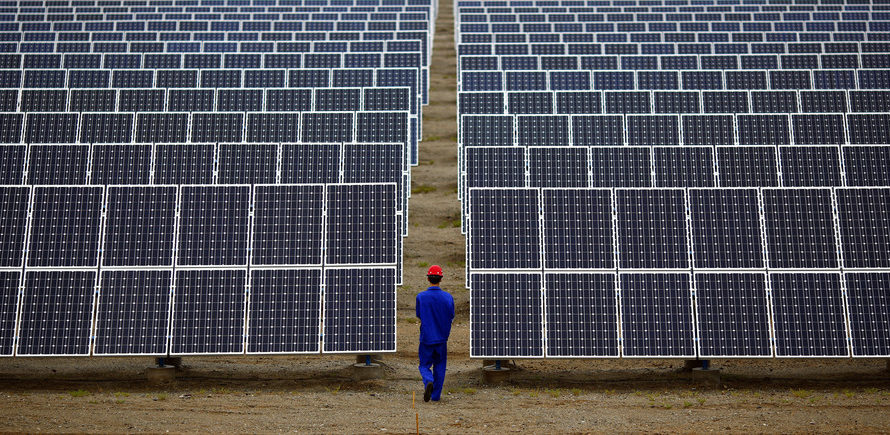The remarkable growth of renewable energy generation in China has attracted global attention in recent years. In 2012, China’s installed capacity of wind and solar power was 61 GW (gigawatts) and 3.4 GW respectively, while annual electricity generated by renewables amounted to only 2.1% of China’s total consumption. By 2017, China’s wind and solar power capacity had soared to the respective 168.5 GW and 130.06 GW, with 5.3% of China’s total electricity supply coming from renewables.
At present, China leads the world in terms of wind and solar power installed capacity. And with large-scale production along with technology advances as well as widespread industrial applications, the costs of renewables have fallen substantially. One example is the photovoltaic (PV) technology for solar energy. The price of PV modules decreased from about 30 yuan per watt in 2007 to about 10 yuan in 2012, and by 2017 it had decreased further to just 2 yuan per watt.
The success of China’s renewable energy drive in such a short period of time shows the effectiveness of China’s on-grid tariff subsidies. The benefit of the on-grid tariff policy – through which the government can make renewable energy production more competitive and attractive to businesses and investors alike – is that it anchors the revenue of power generation throughout the entire life cycle of renewable projects. In this way, it conveys a clear price signal to investors, and can effectively support the early stages of renewable energy development.





Changshu Suyuan of China Acquired by Singapore’s Sunpower for $41.5 Million Investment